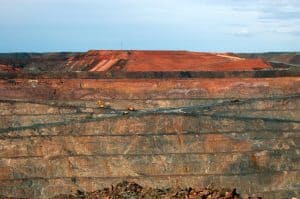Safety risks increased, or created, by distraction are a problem as relevant to occupational health and safety (OHS) as it is across society. There are analogue solutions – remove the distracting devices – and technological solutions that are often embedded in the distracting device. Sometimes there are other solutions and one is being trialled at a small intersection in Melbourne.
These illuminated tactile pavers have been embedded in the footpath applying the logic that as people are looking down at their phone screens, a bright contrasting floor level background should attract their attention. These footpath lights are synchronised with the pedestrian traffic lights, basically bringing the traffic signals within the peripheral vision of pedestrians.
Several variations on this concept have been trialled around the world for traffic and pedestrian control but they may be more usefully applied in some workplaces, especially where passive hazard signs have become normalised.
Continue reading “Pimp your administrative controls”
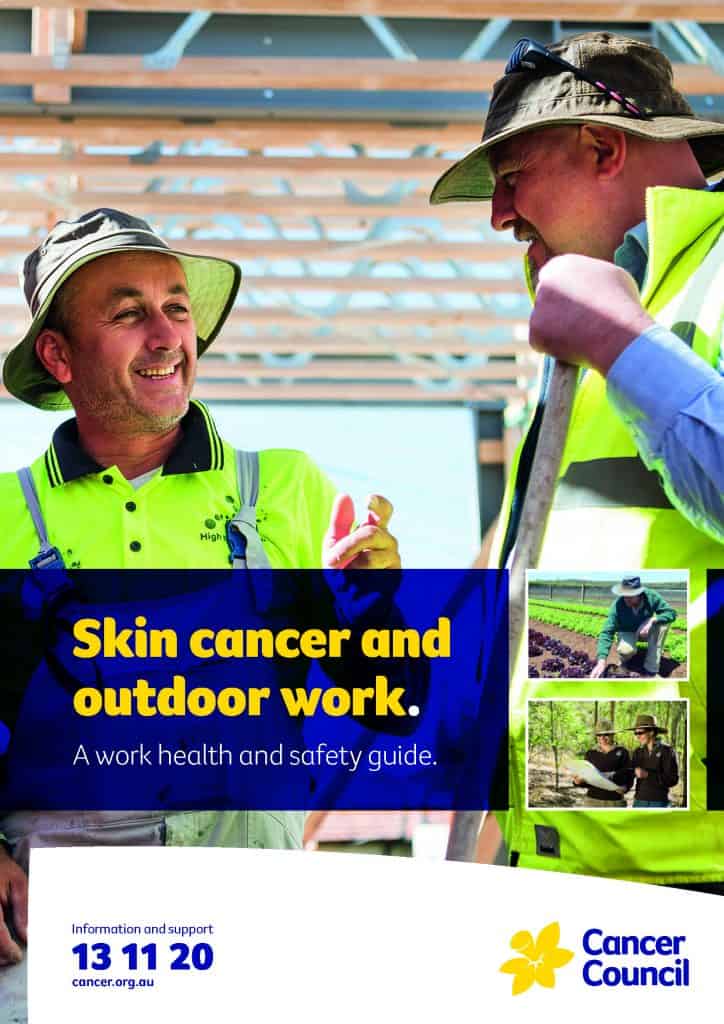
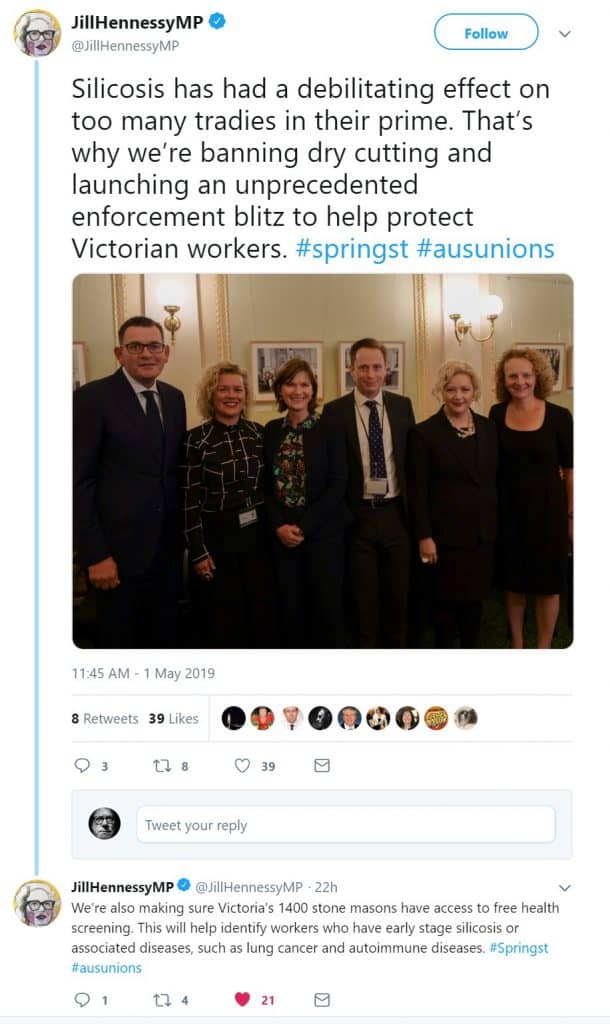
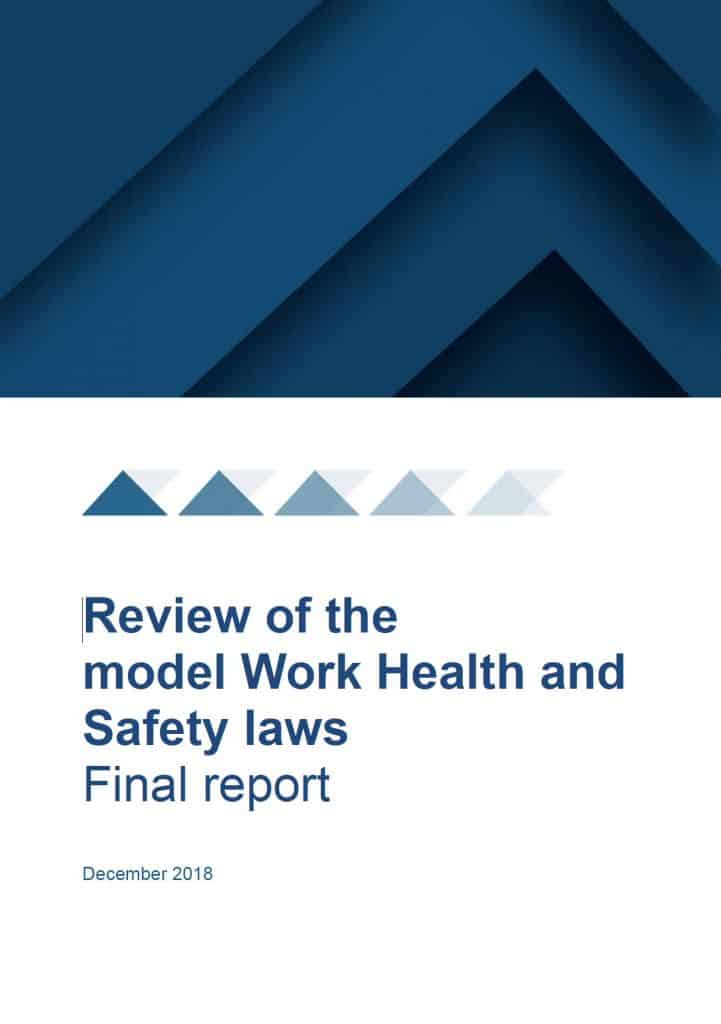
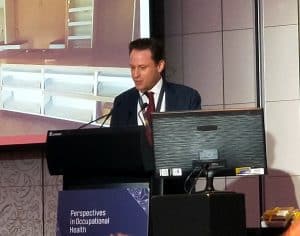 Rumours of a TV report on the increasing hazards of silicosis have floated around for a week or so. On October 10 2018, the show appeared on the Australian Broadcasting Corporation’s
Rumours of a TV report on the increasing hazards of silicosis have floated around for a week or so. On October 10 2018, the show appeared on the Australian Broadcasting Corporation’s 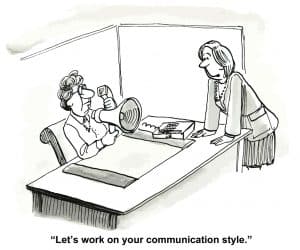 It is important to note that “
It is important to note that “